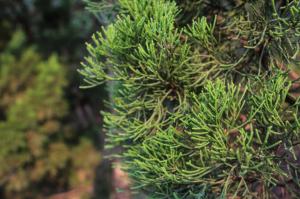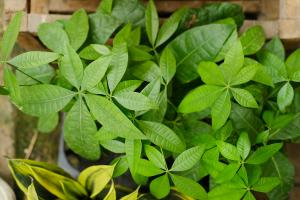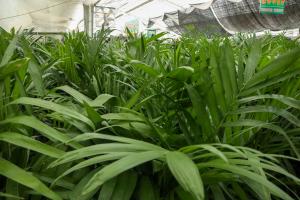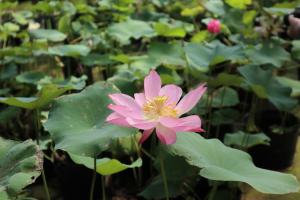Why My Plant Leaves Turning Yellow
Yellowing leaves on plants can be a sign of a variety of issues, ranging from nutrient deficiencies to insect infestations. Understanding the cause of yellowing leaves is crucial to effectively treating the problem and restoring your plants to health. In this article, we鈥檒l explore some of the most common causes of yellowing leaves and how to address them.
Nutrient Deficiencies
One of the most common causes of yellowing leaves is nutrient deficiencies. If your plant is not receiving enough of a specific nutrient, it may cause the leaves to turn yellow. Some of the most common nutrient deficiencies include nitrogen, iron, and magnesium.
Nitrogen deficiency can cause yellowing of the leaves, but it will also often cause stunted growth and smaller leaves. Iron deficiency can also cause yellowing of the leaves, but it typically appears first on new growth. Magnesium deficiency can cause yellowing of the leaves, but it will also often appear on the edges of the leaves first.
To address nutrient deficiencies, it鈥檚 important to identify which nutrient your plant is lacking and then provide it with the appropriate fertilizer. It鈥檚 also important to ensure that your plant is getting the appropriate amount of light and water.
Pests and Diseases
Another common cause of yellowing leaves is pests and diseases. Insects such as spider mites, aphids, and whiteflies can cause damage to plant leaves, leading to yellowing and even death. Diseases such as powdery mildew and black spot can also cause yellowing of the leaves.
To address pest and disease issues, it鈥檚 important to identify the problem and take appropriate action to control it. This may include using insecticides or fungicides, pruning damaged leaves, and improving cultural practices such as increasing air flow and reducing humidity.
Environmental Factors
Yellowing leaves can also be caused by environmental factors such as temperature, humidity, and light. If your plant is receiving too much or too little of any of these factors, it may cause the leaves to turn yellow.
To address environmental factors, it鈥檚 important to provide the appropriate conditions for your plant. This may include adjusting the temperature, using a humidifier or dehumidifier, and providing appropriate lighting.
In conclusion, yellowing leaves on your plants can be caused by a variety of factors, ranging from nutrient deficiencies to environmental factors. By understanding the cause of the problem, you can take appropriate action to address it and restore your plants to health. If you鈥檙e unsure of the cause of yellowing leaves, consult with a garden professional or plant expert for assistance.

 how many times do yo...
how many times do yo... how many planted tre...
how many planted tre... how many pine trees ...
how many pine trees ... how many pecan trees...
how many pecan trees... how many plants comp...
how many plants comp... how many plants can ...
how many plants can ... how many plants and ...
how many plants and ... how many pepper plan...
how many pepper plan...






























